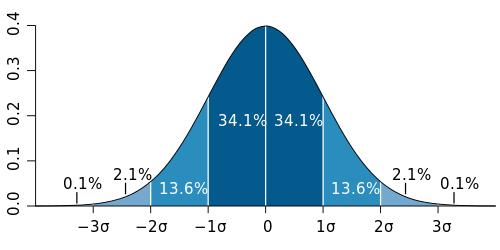TastyTrade - Know Your Options
Vega shows how much an option will gain or lose for every 1 point change in volatility. The ATM strikes will have the greatest Vega, while the shorter expirations will have the least.
In the table above, the Sep 148 Call and Put both have a Vega of .17. If the IV increased from 13.87% to 14.87% then the 148 Call and Put would both gain .17 in extrinsic value. Likewise, if IV were to decrease to 12.87% then they would both lose .17 in extrinsic value.
Vega plays an important roll in Calendar spreads where we sell a Call or Put in the front month and buy the same option in a later month. Since Vega is always lower in the front month, an increase in volatility would help our long position more than it would hurt our short position. A Oct/Sep 148 Calendar would gain .07 (= .24 - .17) if volatility increased by 1. Conversely, a decrease in volatility would hurt the long position more than help the short. The same Oct/Sep 148 Calendar would lose .07 (= -.24 + .17). For this reason we should only trade Calendars when IV is likely to go up.
How do Calendar spreads profit? The Sep options expire in 32 days while the Oct options expire in 60. So, we can estimate that at September expiration the Oct options will be worth what the Sep options are worth now. Thus, we can estimate that when the Sep 148 Put expires, the Oct 148 Put will be worth 1.50. If we were to pay significantly less than 1.50 for the Calendar then we should be able close it for a profit in 32 days.
Here we can see that we can BTO the Oct/Sep 148 Put Calendar for .96. Since it could be worth around 1.50 at September expiration that gives us a profit of .54 and a ROR of over 50%!














